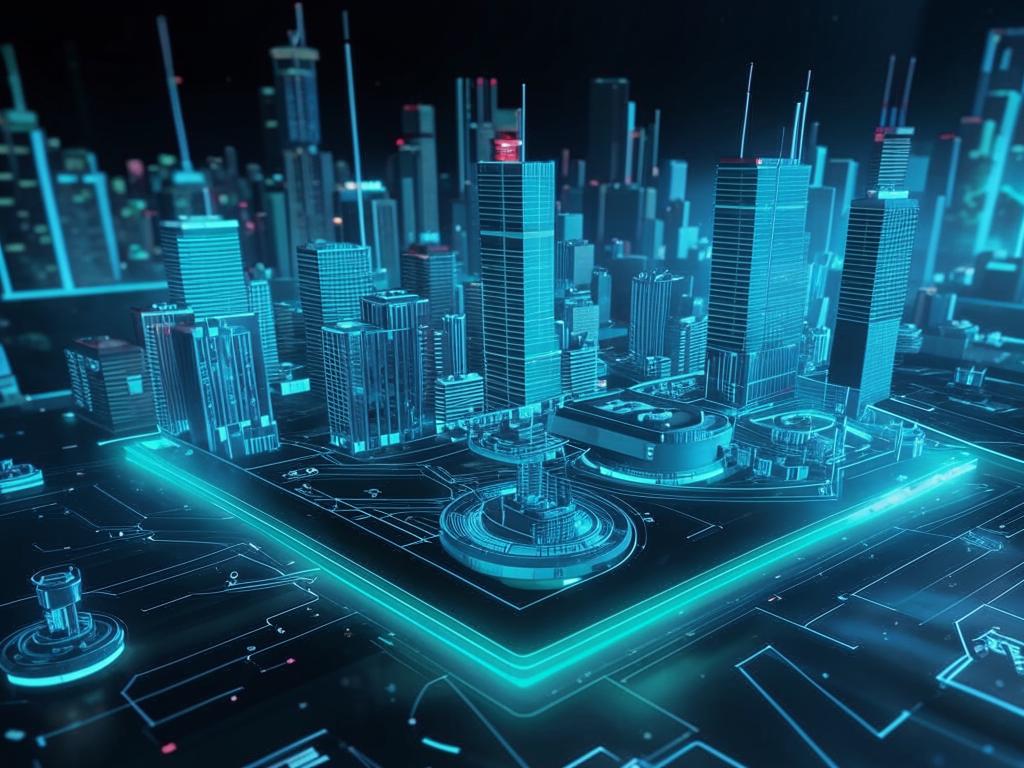Understanding the 1:1 Peg in Tokenized Real-World Assets
The real-world asset (RWA) market is gaining momentum in the cryptocurrency sector, with 2025 expected to see increased adoption of tokenization. While some reports suggest a 260% growth in RWAs this year, industry experts remain cautious about these figures, citing the market’s early stage of development.
Key Challenges in RWA Tokenization
Several factors currently limit wider adoption of tokenized assets:
- Outdated regulatory frameworks
- Limited accessibility for potential users
- Common misconceptions about asset backing mechanisms
The process involves more than just technology – it requires careful legal and financial planning.
Legal Foundations for Trust in RWAs
Adam Levi, co-founder of Backed, explains that confidence in tokenized financial products depends on three critical factors:
- Clear product structure
- Issuer transparency
- Regulatory compliance
Proper legal frameworks ensure reliable backing and redemption processes, establishing trust beyond just technical solutions.
Different Approaches for Different Assets
Alan Konevsky of TZero highlights important distinctions in tokenization:
- Financial instruments can be fully automated
- Physical assets (real estate, collectibles) still require traditional intermediaries
This difference shows the current technological limitations in the field.
Improving Transparency Through Technology
Ross Shemeliak, co-founder of Stobox, promotes advanced token solutions that include:
- Detailed asset information
- Current valuation data
- Legal status updates
These features address transparency gaps in traditional securities and early token models.
Global Hotspots for Tokenization
Stobox research identifies top jurisdictions for tokenization deals:
- British Virgin Islands
- Wyoming, USA
- Liechtenstein
- Singapore
- Marshall Islands
Despite strong regulations, Singapore and Luxembourg remain underutilized, representing less than 2% of global activity.

